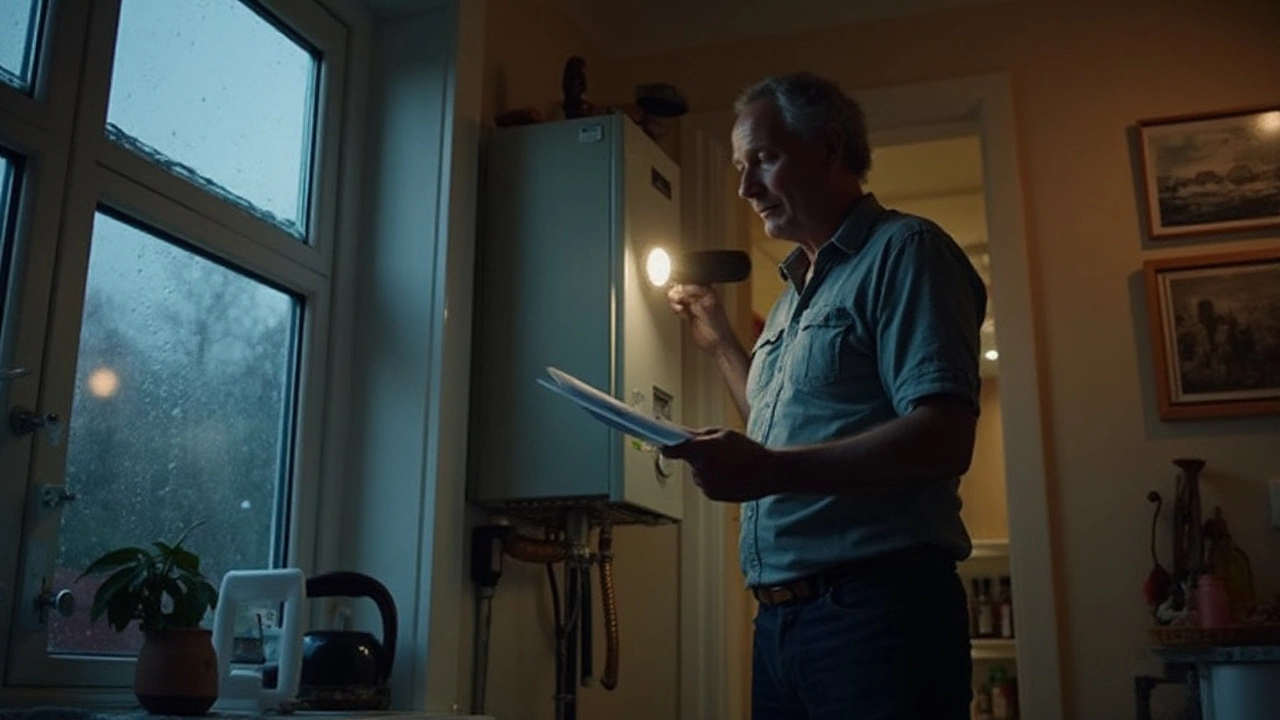Home Repair Tips: Simple DIY Fixes for Everyday Appliances
Got a kitchen gadget that’s acting up? A washing machine that won’t spin? You don’t have to call a pro for every hiccup. Most household appliances have a few easy fixes you can do with basic tools and a bit of patience. Below are the most common problems and what you can do right now to get them working again.
Spot the Easy Wins
Before you start tearing things apart, check the basics. A tripped circuit breaker, a loose plug, or a clogged filter can be the culprit. For a water heater, look for a faulty thermostat or a dead anode rod – both cause the unit to lose heat faster. A quick visual inspection often saves you from unnecessary disassembly.
When the problem isn’t obvious, use the appliance’s manual or a quick online search for error codes. Many modern ovens and fridges display a blinking pattern that points straight to the failing part. Write down the code and match it with the guide – you’ll know if it’s a sensor, a heating element, or something else.
DIY Fixes That Work
Water Heater: If your heater keeps resetting, the heating element may be calcified. Turn off the power, drain the tank, and soak the element in a vinegar solution for an hour. Replace the element if resistance stays high after cleaning. While the tank is empty, inspect the anode rod; a corroded rod should be swapped out to prevent future tank rust.
Oven/Electric Hob: Uneven heating often means a broken heating element or a loose connection. Disconnect the oven, remove the back panel, and test the element with a multimeter. A reading of zero indicates a break – swap the element. Tighten any loose wires and reassemble. For an electric hob, a cracked ceramic surface can be replaced without changing the whole unit.
Washing Machine: A machine that won’t spin usually has a blocked pump or a broken lid switch. Locate the pump filter (usually behind a small door), clean out lint or debris, and run a short cycle. If the lid switch is faulty, you’ll hear the motor run but the drum stays still – replace the switch and the spin function returns.
Extractor Fan: Fans that sound noisy or stall often need a motor cleaning. Unscrew the fan housing, wipe away dust with a soft brush, and lubricate the motor shaft with a few drops of light oil. If the motor is burnt out, you can replace it for a fraction of a new fan cost.
Fridge Compressor: When a fridge isn’t cooling, the compressor or the fan might be at fault. Listen for a humming sound – if the compressor is silent, the start relay could be dead. Replace the relay (they’re cheap) and test again. If the fan isn’t blowing, clean the coils and check the fan motor.
Remember to always unplug the appliance before working on it and wear safety gloves. If a repair feels beyond your comfort level, it’s smarter to call a local expert than risk injury or further damage.
These quick checks and fixes cover the majority of household hiccups. With a screwdriver, a multimeter, and a little know‑how, you can keep your appliances running longer, cut repair bills, and avoid the hassle of waiting for a technician.

Troubleshooting Your Water Heater: First Checks for No Hot Water
Experiencing a sudden loss of hot water can be both inconvenient and frustrating. Before you call in a professional, there are several basic checks you can perform to potentially identify and resolve the issue yourself. Understanding your water heater system and knowing where to look for common problems can save time and money. This article breaks down the crucial first steps in diagnosing a no-hot-water scenario, including inspecting power sources and simple settings.